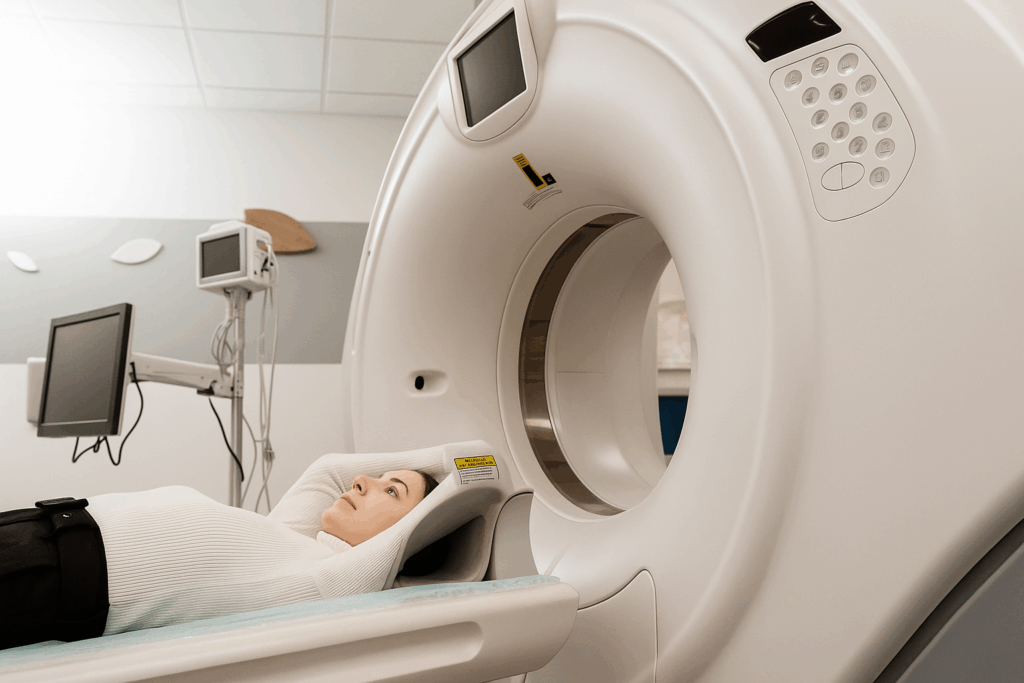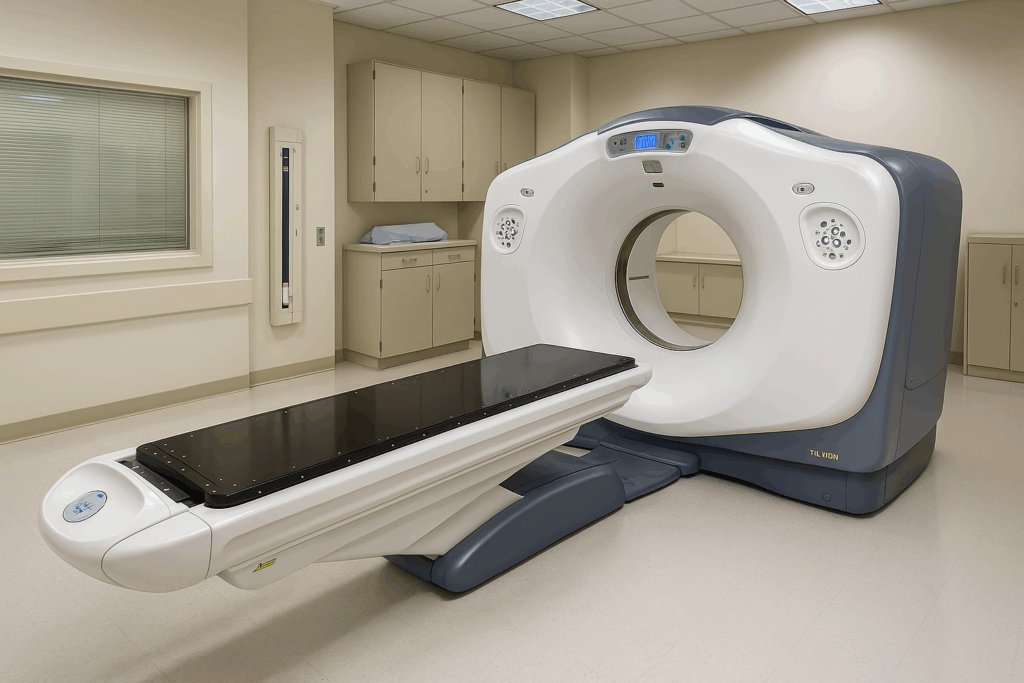The global healthcare ecosystem is undergoing a transformative shift in how radiographers are trained. Amid rising concerns over radiation exposure from CT radiology simulations and a growing demand for skilled imaging professionals, the industry is increasingly turning to radiation-free CT simulators and next-generation, AI-based CT simulation platforms.
As a result, these innovative tools are not only addressing critical safety issues, but they are also revolutionizing the way future radiographers are prepared for real-world clinical environments. Ultimately, this marks a significant step forward in enhancing both training outcomes and patient safety.
Radiation-Free CT radiology Simulators: A Worldwide Movement
Across the globe, medical universities, teaching hospitals, and diagnostic centres are increasingly adopting radiation-free CT simulators to modernise radiography training. Through this shift, learners can now perform detailed CT scanning procedures in a fully virtual environment—all while avoiding exposure to ionising radiation. Consequently, this approach not only enhances hands-on learning but also prioritises safety from the outset.
This shift is especially significant as institutions aim to reduce the risks associated with traditional radiation simulation methods. Countries such as the UK, Australia, Germany, and now India are integrating these tools into core curriculums to improve training outcomes, without compromising learner or patient safety.
Using mannequins and 3D anatomical models, students engage in a wide range of simulation experiments that replicate diverse patient scenarios, pathologies, and imaging workflows. These virtual systems are transforming CT healthcare education by offering hands-on, risk-free training at scale.
The Rise of Next-Gen AI-Based CT Simulators
Today’s next-gen AI-based radiation-free CT simulators bring unmatched realism to radiology education. These advanced systems incorporate AI simulation to deliver real-time feedback, adaptive scenarios, and intelligent error detection—features that traditional teaching methods lack.
One notable platform leading this evolution is Radiology Simulator Connect, which has developed an India-focused CT simulator solution designed to address the unique challenges of medical education in resource-limited settings. The simulator blends cutting-edge software with high-resolution imaging data, dynamic positioning controls, and virtual mannequins, helping students master every aspect of CT imaging.

Globally, these simulators support remote access, multilingual interfaces, and cloud-based reporting, making them ideal for international deployment across universities, online learning programs, and hybrid healthcare education systems.
India’s Role in Shaping Simulation-Based Radiology Education
The role of radiation-free CT simulators in India is particularly crucial. With a growing number of radiology students and a shortage of operational CT equipment in educational settings, simulation is bridging a critical gap.
The Indian medical education sector is now embracing CT simulation not just as an enhancement, but as a core element of the training process. Platforms like Radiology Simulator Connect are empowering institutions to implement high-fidelity, low-risk training for thousands of students simultaneously—without the logistical and ethical challenges of patient-based learning.
The Future of CT radiologyEducation for Radiographers
Globally and in India, the future of CT education in radiographer training lies in scalable, AI-integrated, and radiation-free environments. These simulators are not just tools; they are strategic investments in producing better-trained, safety-conscious radiologic technologists.
As simulation healthcare continues to evolve, the adoption of CT simulators will be critical for meeting growing diagnostic demands while maintaining educational quality and patient safety
Conclusion
The global push toward radiation-free CT simulation is a step forward in healthcare education. By integrating AI simulation, realistic CT scanning workflows, and virtual mannequins, next-gen platforms are setting new benchmarks for radiology training—transforming how we prepare the healthcare professionals of tomorrow.

